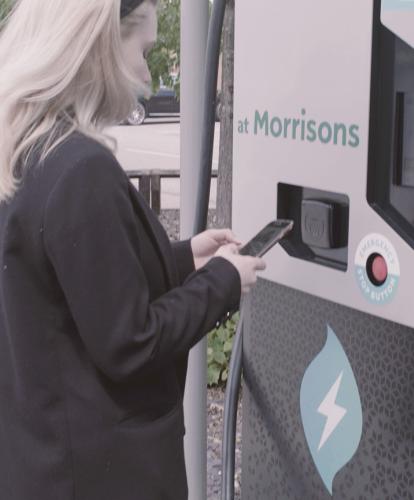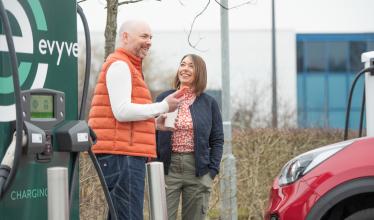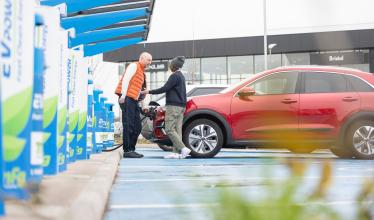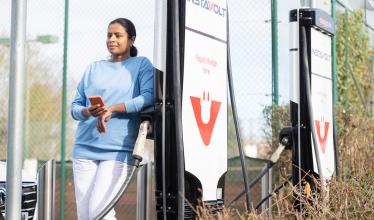With people increasingly making the switch to electric cars, more and more drivers are asking the important questions that come with the day-to-day running of an electric vehicle. How to pay for charging is one of these new considerations.
While many electric car drivers do the majority of their charging at home, others use the UK’s public charging network more frequently. In any case, most longer electric journeys also involve a stop-off at a public charge point to recharge the battery and grab a coffee. And whichever way you pay, Zapmap can help you and make life that bit easier. So how do you pay for electric car charging on the public network?
How to pay for public EV charging in the UK
Most, if not all, EV drivers will know that there are several different ways to pay for EV charging in the UK. Here we round them up and explain a little more about them.
Use Zap-Pay: Avoid all the apps
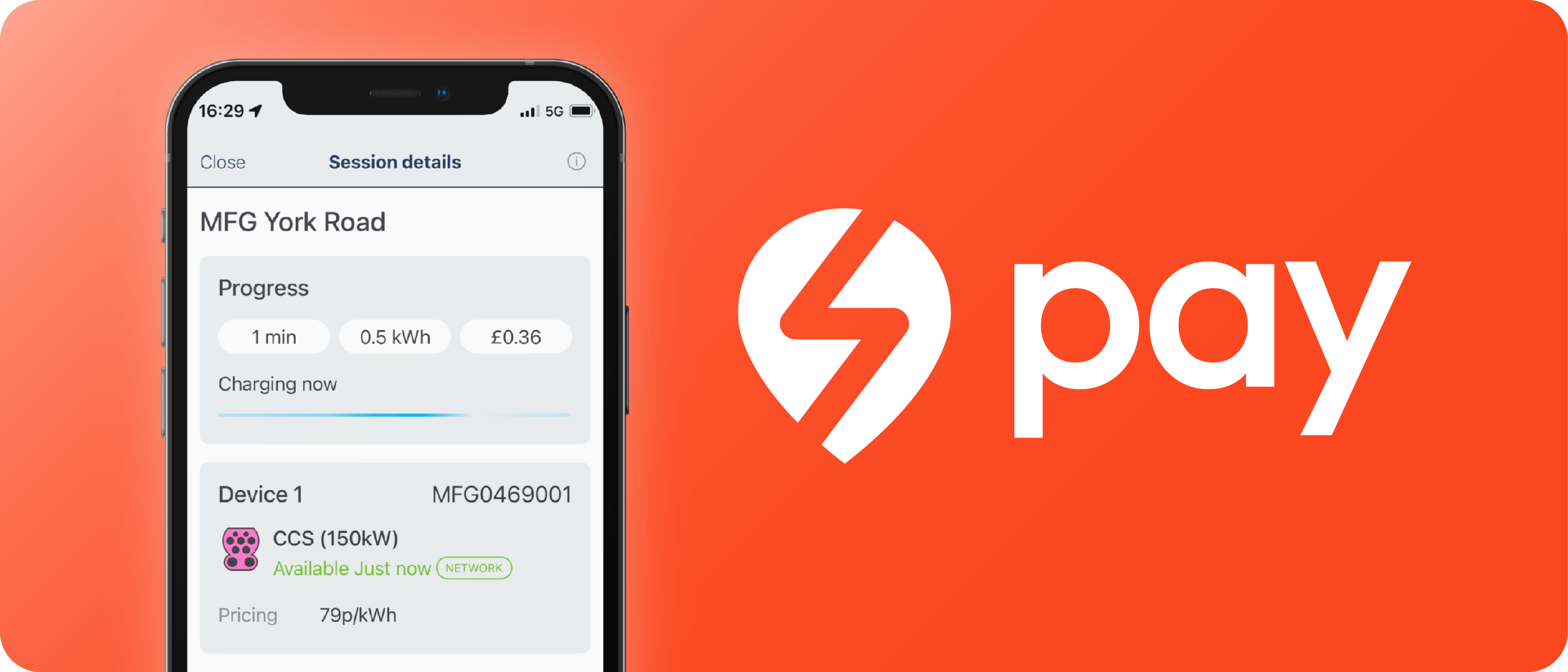
In recent years, Zapmap has heard a message coming loud and clear from EV drivers across the country: make paying for charging simple. In light of this, Zap-Pay was launched with a mission to sign up all the key networks across the UK. The payment solution is a simple way to pay for electric car charging across networks from within the Zapmap app.
Because it's a single-app payment solution that uses a credit or debit card to pay for charging, Zap-Pay avoids the hassle of using multiple apps across different networks. It means that EV drivers can search, plan and pay for charging all within one app.
Using Zap-Pay means you’ll also be able to view your charging history, receive live status updates while away from your vehicle, and download receipts. Zap-Pay enabled charge points can be found on Zapmap using the payment or network filters. EV drivers can either add a payment method when starting the charge session or set up an account ahead of time.
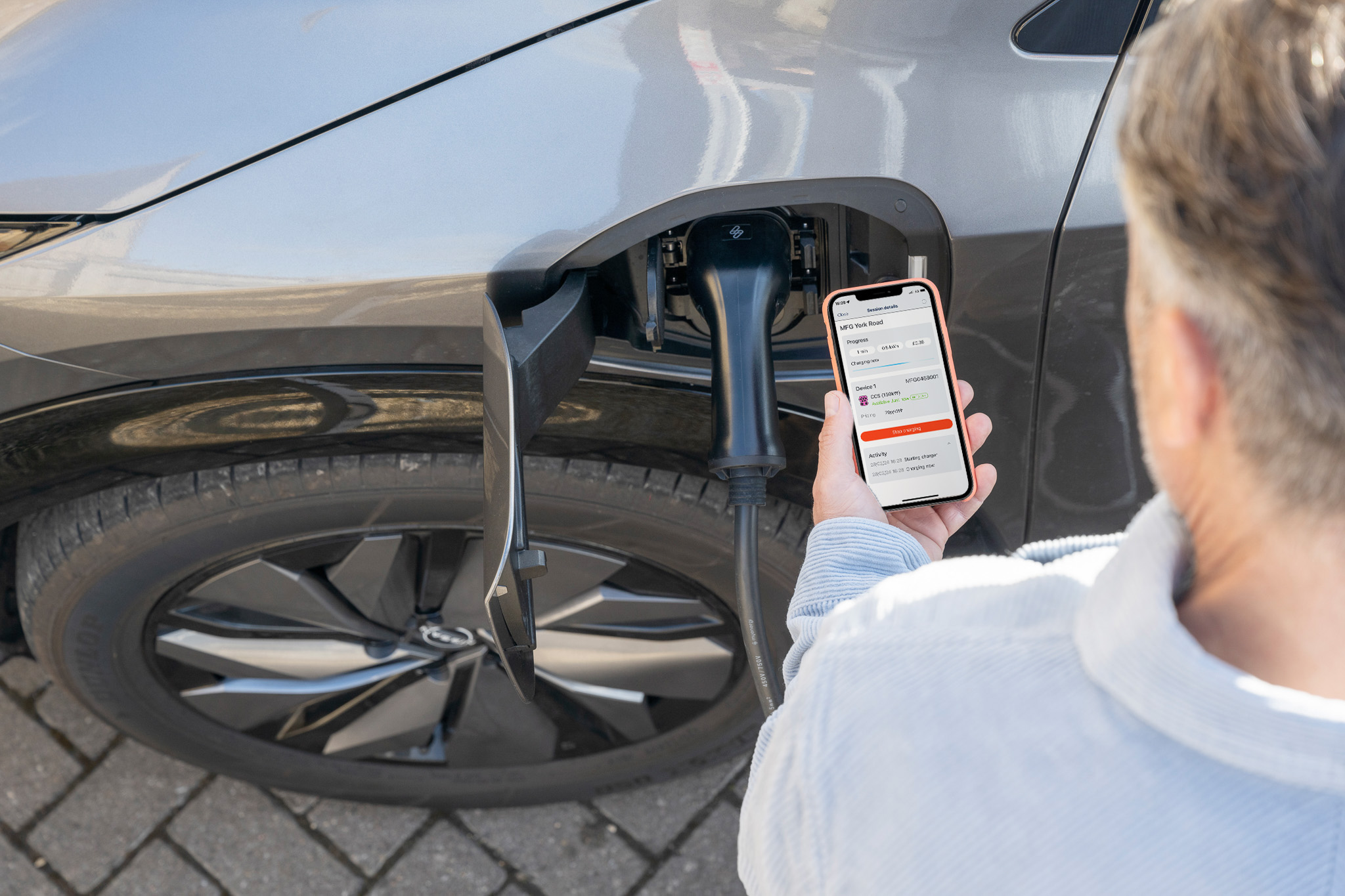
Pay for electric car charging quickly and easily with Zapmap's in-app payment solution.
Which networks are on Zap-Pay?
Zap-Pay is gaining significant momentum, with many networks signing up to the cross-network payment solution that enables EV drivers to pay for electric car charging quickly and easily.
Many of the UK's most recognisable charge point operators accept Zap-Pay – with more on the way.
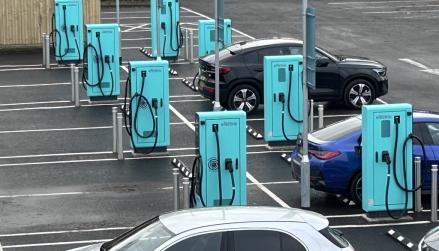
Ultra-rapid network Applegreen Electric is a live payment partner.
Charging providers Believ, Lidl, and ChargePlace Scotland are the most recent networks to go live on Zap-Pay.
They join Monta and Roam, along with en-route networks Applegreen Electric, Urban Fox, MFG EV Power, Osprey, Fastned, evyve and ESB Energy; on-street networks ubitricity Connected Kerb, char.gy and Charge My Street; as well and IONITY, Be.EV, FOR:EV, GeniePoint, PoGo, Qwello and Mer in making payment easy for electric car drivers with Zap-Pay.
More charge point networks will go live as soon as technical integration is complete.

Electric car drivers check their charging progress on Zapmap's cross-network payment solution.
Pay with contactless credit or debit card
On top of all-in-one app solutions, such as Zap-Pay from Zapmap (and other companies too), many networks now take contactless credit or debit card payment and, generally speaking, charge point operators have been moving to make payment easier for EV drivers.
Quick, easy and accessible, contactless payment suits many people. The government has mandated that contactless payment be available on all new rapid chargers that are installed, and within the next couple of years this will also apply to any existing rapid chargers without contactless capability.
It’s worth noting that contactless payment does tend to be the most expensive form of payment, partly due to cost of installation. What’s more, while charge point operators are moving to make payment more accessible – with most new devices sporting contactless terminals – this form of payment is typically only available on newer rapid and ultra-rapid devices at present.
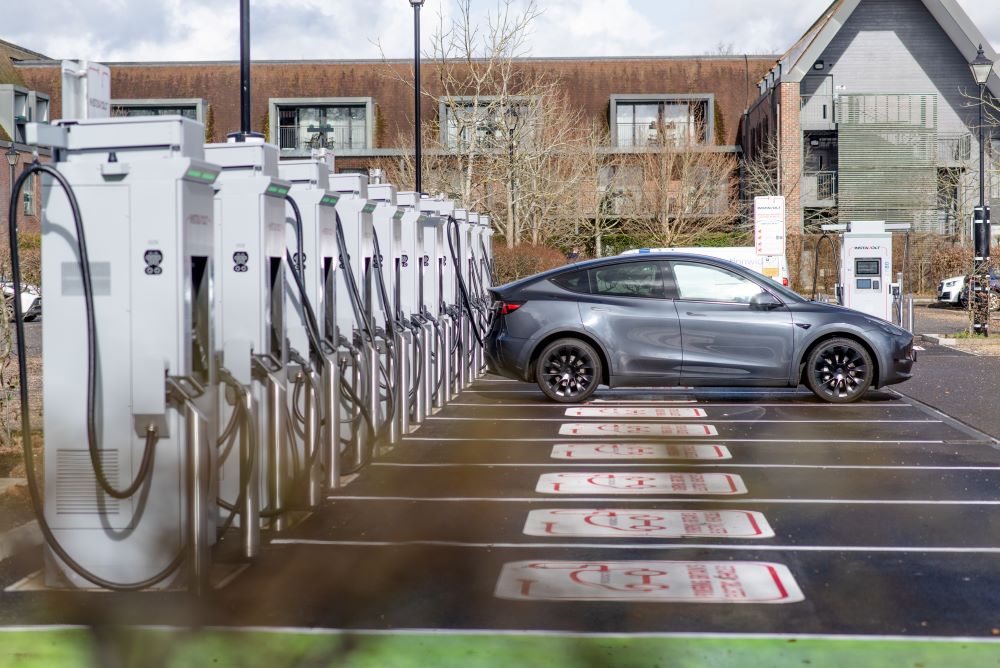
Contactless payment tends to be the most expensive form of payment.
Moreover, most existing slow and fast chargers across the UK do not have contactless capability and despite new charge point regulations, many of these are unlikely to receive an upgrade for some time.
Finally, although quick and easy, bear in mind that you won’t receive live updates on your charging status with contactless, or a payment receipt.
Pay via a network app

All charging networks are required to provide pay-as-you-go access. Many, if they don’t have Zap-Pay or contactless capability, currently require customers to download their network app and create an account in order to pay for a charging session. In some cases, customers will need to load a minimum amount of credit onto their account in order to get started.
Paying via a network app can have its advantages, with networks’ membership or pay-as-you-go plans seeing cheaper pricing per kWh than for contactless payment.
Use an RFID card
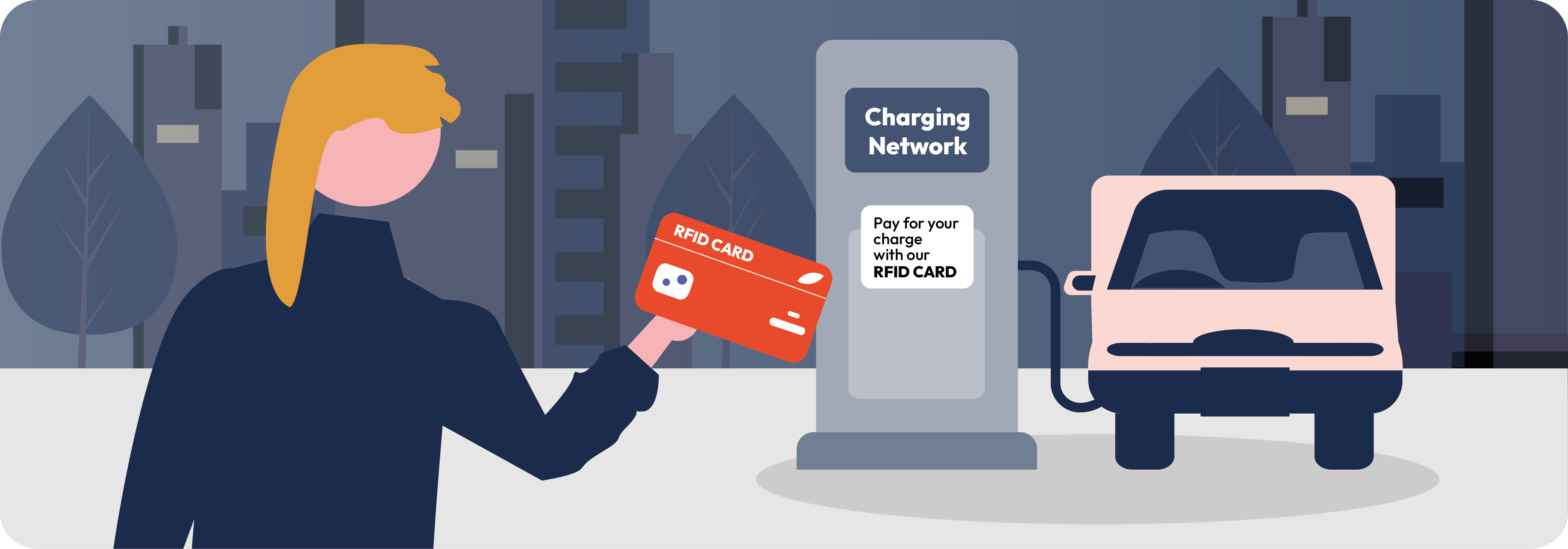
Some networks also allow you to register an RFID card to pay for electric car charging. This is equipped with radio frequency identification technology that allows your card to communicate with a card reader, using a radio frequency instead of a magnetic strip.
You can use the info box on Zapmap to find out which payment methods each charging device takes.
While you can start a charge simply by tapping the RFID card against the card reader, you will need to pre-register your RFID card and manage an account online in connection with the card.
Other ways to pay for electric car charging
Some networks, such as ubitricity, allow for payment on a pay-as-you-go basis by scanning a QR code, found on the charge point, using a smartphone. This takes users through to a payment page, controlling the beginning and end of the charging session.
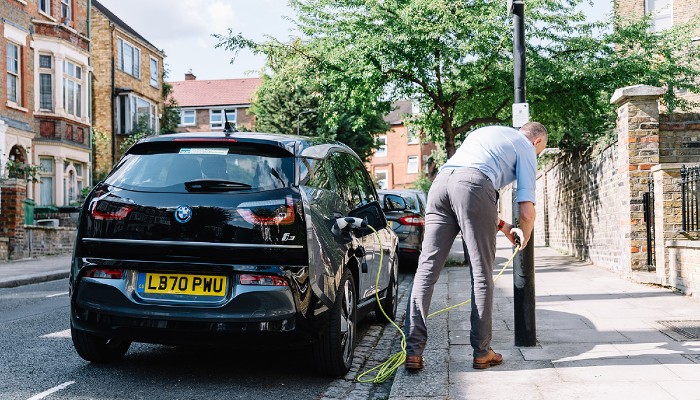
On-street charging network ubitricity mostly provides lamppost chargers in towns and cities.
Others, such as Fastned, support vehicle-to-charger communication that enables automatic charging and billing. In Fastned’s case, the company’s Autocharge system is able to automatically recognise the car – once registered – and start the charging process without any other input. Although you’ll need to create a Fastned account first, most cars that use a CCS connector to rapid charge can make use of Autocharge, simply plugging in to start the session.
Do you have to pay for electric car charging in the UK?
As evident from above, in most cases you’ll need to pay to charge your EV – but not always! There are still thousands of free EV charging points across the UK. At present, around 4% of charging devices in the UK are free to use.
While many of these belong to smaller charge point operators, you’ll also find free charging devices on larger networks such as bp pulse and Pod Point.
To locate these charge points across the country select “free to use” within the payment filter on the Zapmap app or desktop map.
